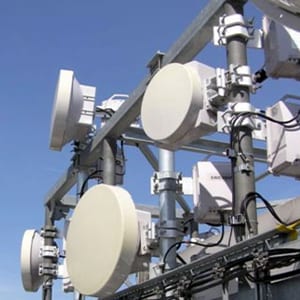For modern business Telecommunications has become a critical component of everyday operation. Mechanical Systems make our environments comfortable, Electrical Systems keep our equipment and lights on, Plumbing Systems are essential and Sprinkler and Fire Alarm System help keep everyone safe. Telecommunications Systems keep our businesses running by allowing us to communicate with clients and customers, instantly sending important documents across long distances and getting information about what is happening in our world. Clearly Telecommunications has earned a spot alongside the other great disciplines: MEPSFA and T!
Historically (and unfortunately), consideration for telecommunications design and its coordination with other disciplines is left out of the design process. Later on, during construction, decisions for the type of telecommunications technology to be installed are rushed and are often made without understanding the needs of the business which will need utilize it. Telecommunications pathways and dedicated grounding systems are overlooked or poorly implemented.
Under these conditions, a level of risk and uncertainty is being allowed for a system that is critical to the health of the business. Business and building owners who expect the best result from hiring design professionals and a construction team should include Telecommunications Engineering services as a required part of their RFP’s. Additional investment on the soft cost side of a project will help achieve a better result and help to avoid unforeseen hard costs during construction.
Benefits of adding Telecommunications Engineering Services to RFP’s:
- Early planning between the Client, Architect and Engineer including:
- Selecting the cable technology(s) which best fit the project
- Aesthetics – cable and port colors for organization and easy identification
- Pathways – cable tray, j-hooks, conduit
- Nomenclature standards – naming ports and cables in a standard consistent way
- Coordination between MEP trades:
- Ensuring the Mechanical Engineer delivers sufficient cooling to IT Space
- Coordinating pathways, power and grounding requirements with the Electrical Engineer
- Contract Documents:
- A defined set of parameters which help keep Contractor’s bids consistent.
- Once the project has been awarded, the contractor has agreed to install the system as indicated on the plans.
- Construction Administration:
- Telecom Engineer will be ready to help when site conditions cause conflict with the design
- Punchlist inspection and report by Telecom Engineer will raise any issues or deficiencies with the installation.
